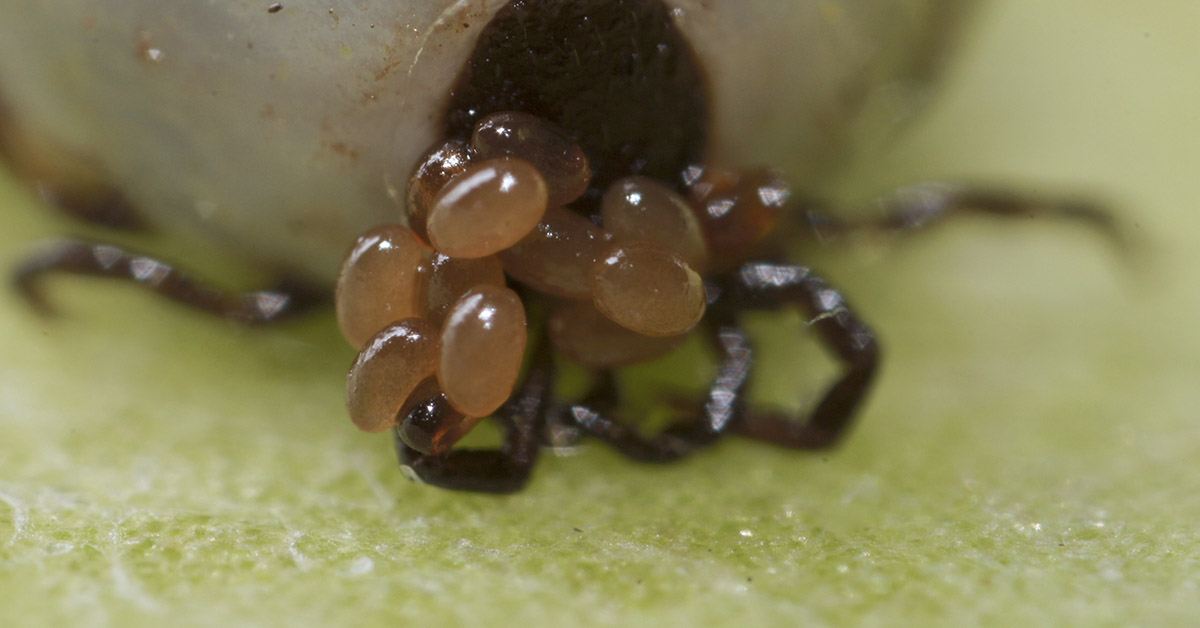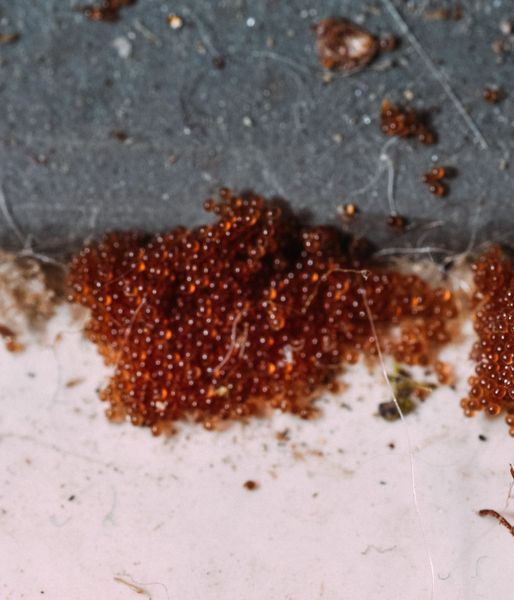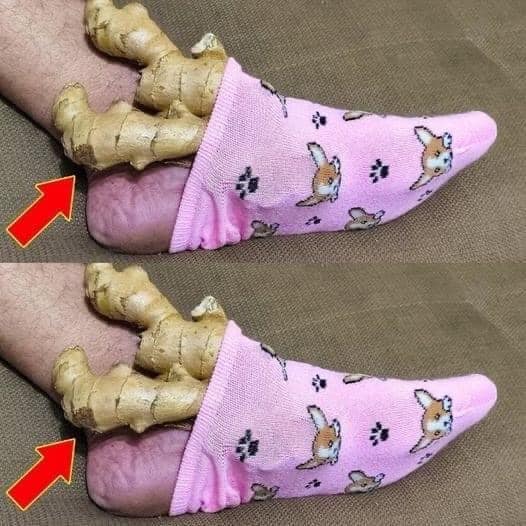Tick nests, though relatively small, can cause alarm for homeowners as they harbor hundreds or even thousands of eggs. While tick nests are usually found outdoors, it is not uncommon for them to appear in homes, garages, or sheds. Let’s discuss the importance of identifying and safely removing tick nests, as well as provide tips and strategies for preventing infestations. By following these guidelines, you can effectively protect your home and yard from potential tick-related issues.

What is a Tick Nest?
Tick nests are not actually constructed nests like those made by other animals. Instead, female ticks deposit their eggs in various locations, such as grass blades, leaves, or patches of soil. These sticky clusters of tiny eggs, although small, can contain hundreds of eggs. The eggs are typically laid close together and remain attached until they hatch, which can take anywhere from 2 weeks to 2 months. It’s important to note that ticks are arachnids, not insects, and they go through multiple stages of growth before becoming adults.
Where are Tick Nests Found?
Tick nests are most commonly found outdoors at ground level, especially near trails or areas where potential hosts such as deer or other mammals are present. Regular lawn maintenance practices such as mowing, raking, and leaf blowing can help reduce the density of tick nymphs. Removing fallen leaves from your property rather than simply blowing or dumping them can also decrease the number of certain tick species.
Can Tick Nests Be Found in Your House?
While tick nests are primarily found outdoors, it is possible for a female tick to lay eggs inside your home. These nests may be located in carpet fibers, soft furniture, curtains, or even in the pockets or linings of clothing articles. However, finding a tick nest in your house can be challenging due to their small size and inconspicuous locations.
Identifying and Removing Tick Nests Safely
If you suspect the presence of a tick nest, it is important to proceed with caution. Here are some steps to safely remove and dispose of tick nests:
Preventing Tick Infestations
Apart from safely removing tick nests, it is crucial to take preventive measures to reduce the risk of infestations. Here are some tips:
The Bottom Line
Tick nests can present a concern for homeowners as they can potentially lead to infestations and tick-borne diseases. By properly identifying and safely removing tick nests from your home and yard, you can effectively protect yourself, your family, and your pets from these pests. Remember to take preventive measures such as maintaining a well-manicured yard and using appropriate protective clothing and repellents when venturing into tick-prone areas. By following these guidelines, you can ensure a tick-free environment in and around your home.





